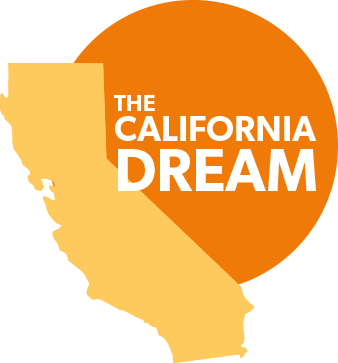Narrative is about how we make meaning of the world. It’s made up of ideas and beliefs that are shortcuts for how we make sense of the world around us. Narratives are often deeply entrenched and can be entirely unconscious. Shifting narratives for advocacy then is about generating and amplifying new ideas and beliefs to build the public will for certain outcomes.
The Building Blocks of Narrative
Ultimately, narrative is built from the ingredients of a frame and messages, and it is best told through a story. In an advocacy context, the frame is what we’re including in the picture of the story we want to tell, and the messages are the words and phrases we choose that will connect with our audiences to move them toward our goal. Narrative, then, is the bigger picture context of how we understand all the pieces.
The relationship between narrative and stories is critical. As Narrative Initiative describes it, “what tiles are to mosaics, stories are to narratives.” So, too, frames and messages are tiles in the mosaics — the building blocks of narrative.
As advocates, we have a tendency to lean into facts and data to argue our points. But if our goal is persuasion, carefully chosen messages woven together to tell the stories behind the data will be more effective.
Narrative change is big, complex work, and no organization or leader can do it alone. We know we can’t change the conversation in a day, but we can begin to change it over time together. Narrative provides a foundational framework for understanding both history and current events, and informs our basic concepts of identity, community, and belonging. By changing the ideas and assumptions people hold about our issues, we change the landscape of what’s possible for social change.
Cognitive Autopilot

Dr. Tiffany Manuel of The CaseMade explains that “narratives become our cognitive auto pilot. We don’t process new information, we run it through the filter of our dominant narratives. When we run into a narrative in a way that operates counter to our cause, we have to either navigate around it, unseat, or shift it. Switching narratives is a way of disrupting those narrative filters, so that ideas can run on a new track.”
Integrated Advocacy and Narrative Strategy
Narrative strategy is one piece of the puzzle in advocacy work, and in advocacy campaigns there are, of course, a wide range of factors that influence outcomes. Narrative strategy most certainly earns a seat as a critical part of any advocacy campaign, ideally integrated throughout various tactics, such as across organizing, digital, policy, and communications efforts.
Narrative Alignment
Narrative alignment does not require ideological/strategic agreement. A successful broad narrative can hold and help advance a wide range of solutions toward increasingly safe, stable, and affordable housing for Californians.

